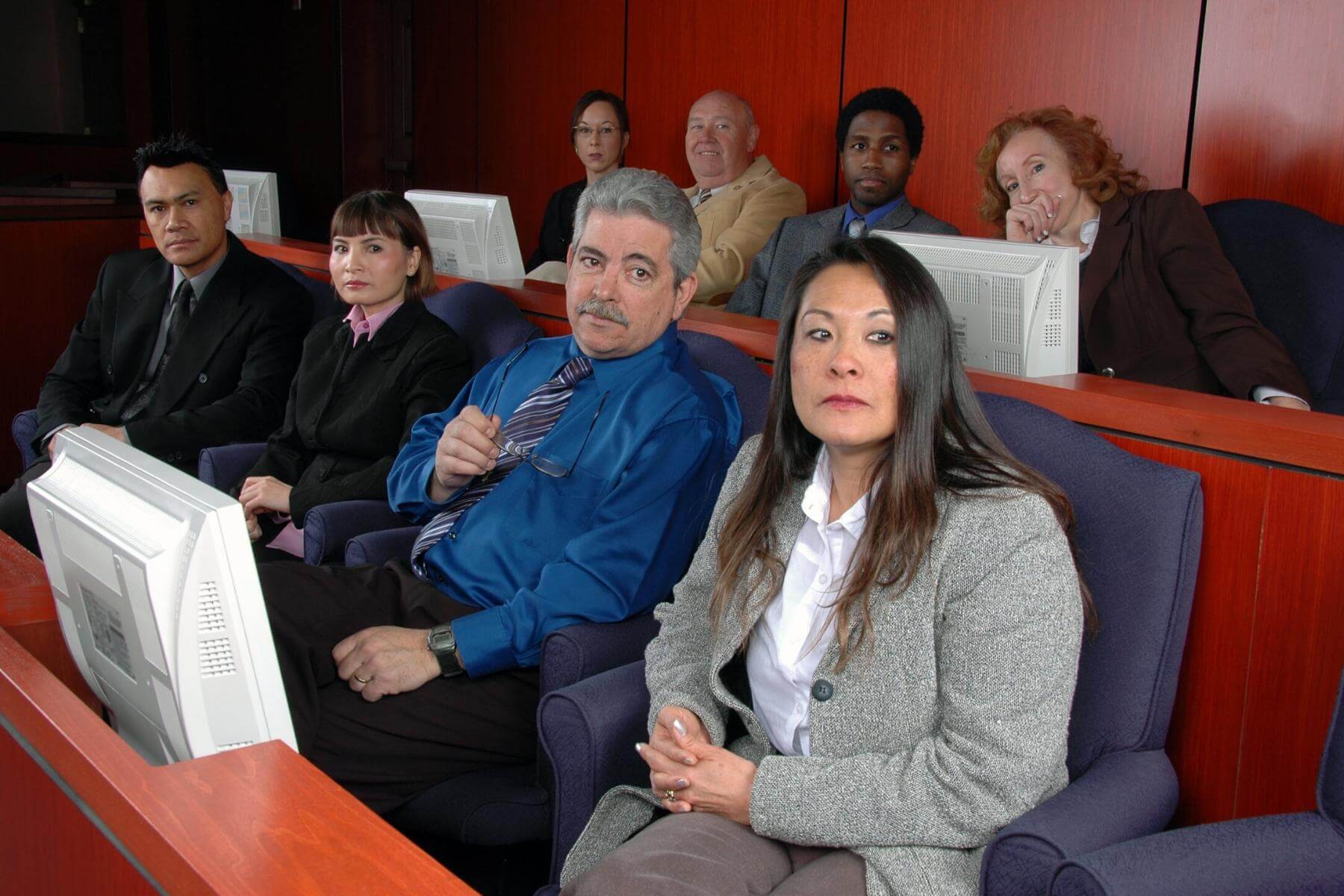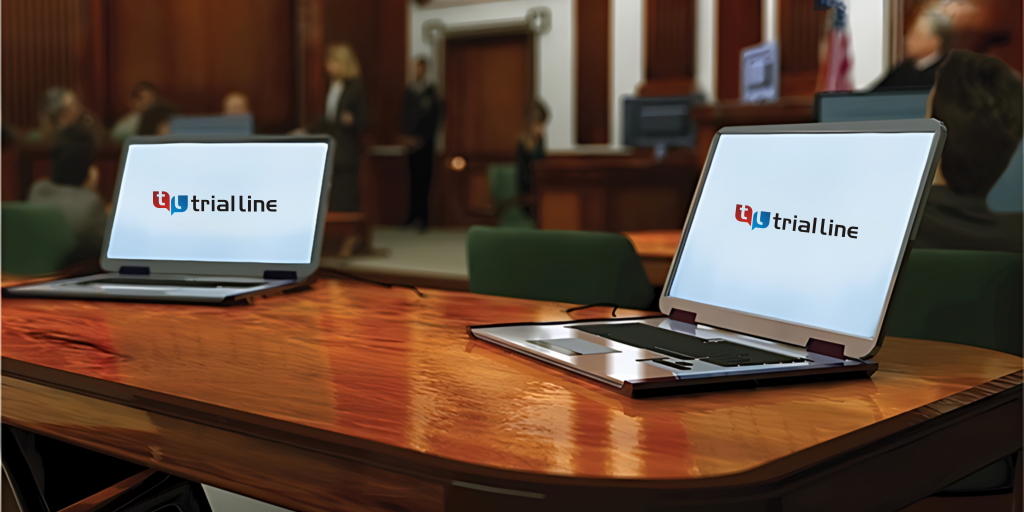Convert case evidence into impactful trial presentations for juries.
Just How Trial Presentations Enhance Your Debate and Persuade Jurors
Test presentations offer as a pivotal device for boosting lawful debates and convincing jurors. The critical use of visuals not just clears up complicated info however likewise captures jurors' focus much more efficiently than words alone.

Importance of Aesthetic Aids
Aesthetic help play a critical function in improving the efficiency of trial discussions, as they can substantially raise audience involvement and retention of info. In the context of a test, where jurors are entrusted with processing complex info, aesthetic help offer to streamline and clear up bottom lines. Charts, charts, and photos can convey information and ideas that may or else overwhelm or puzzle jurors, enabling for a more straightforward understanding of the evidence presented.
In addition, aesthetic aids aid in keeping juror interest throughout the process. By breaking the uniformity of spoken testament, these tools can stress important disagreements, making them more remarkable. Effective aesthetic aids can also stimulate psychological actions, which can be crucial in encouraging jurors to line up with the presenter's story.

Crafting Compelling Stories
A compelling narrative is important in trial presentations, as it works as the backbone of efficient persuasion. It allows attorneys to weave together facts, proof, and emotional elements right into a meaningful story that resonates with jurors. This narrative structure allows jurors to recognize the intricacies of the instance while directing them through the lawyer's argument.
To craft an engaging story, lawyers need to focus on clearness and coherence. In addition, the use of dazzling summaries can produce psychological photos that help jurors imagine the occasions, making the narrative a lot more remarkable.
In addition, integrating essential styles throughout the presentation enhances the core message and help in retention - trial presentations. The story needs to not just communicate details yet also stimulate a sense of justice, highlighting the risks involved. Ultimately, a sound story cultivates a connection in between the jurors and the situation, placing the lawyer's debate as both qualified and compelling, therefore increasing the probability of a beneficial judgment

Engaging the Jury Mentally
Reliable court involvement depends upon the lawyer's ability to get in touch with jurors on an emotional degree. This connection can significantly affect jurors' understandings and their best decision-making. Using sob stories allows attorneys to humanize the instance, changing abstract lawful principles into relatable experiences. By presenting real-life tales or reviews, attorneys can stimulate compassion and concern, fostering a much deeper understanding of the issues at stake.
Visual aids, such as photos or videos, can better boost emotional interaction, offering jurors with vibrant depictions of the situation's human aspects. Crafting a narrative that highlights the struggles and victories of the individuals entailed makes certain that jurors see past the legal disagreements and identify the human effects of their decisions.
An attorney's enthusiastic delivery can reverberate with jurors, enhancing their psychological investment in the instance. It's crucial to balance psychological allures with accurate evidence, making certain that jurors really feel obliged to act while staying based in the reality.
Structuring Your Presentation

The body of the presentation must be Your Domain Name practically fractional right into bottom lines, each supported by compelling evidence. It is useful to make use of storytelling methods to weave realities into a narrative that jurors can quickly follow. Aesthetic help, such as graphes and videos, can boost comprehension and engagement, helping to highlight vital pieces of evidence.
Real-World Case Studies
Examining real-world situation studies provides invaluable understandings into the art of trial presentations and persuasion. For circumstances, the spots instance of "O.J. Simpson v. The People of The golden state" highlights just how visual help and compelling narratives can sway jury perceptions. The defense group effectively used an approach that incorporated top-level expert statements with multimedia discussions, which captivated jurors and inevitably affected their decision.
Another significant example is the "McDonald's Coffee Situation," where the complainant's attorneys made use of visuals pictures of the injuries suffered by Stella Liebeck. trial presentations. This raw aesthetic evidence played an important duty in conveying the intensity of her burns, leading to a significant court honor. Such situations show that impactful test discussions typically rest on the reliable assimilation of visuals and storytelling to stimulate emotional actions from jurors
Furthermore, the "Casey Anthony Test" highlighted the significance of narrative comprehensibility and trustworthiness. The prosecution's failing to establish an engaging timeline decreased their influential power, highlighting the continue reading this need of a well-structured discussion. Evaluating these situations discloses that effective trial presentations call for tactical preparation, psychological engagement, and the ability to reverberate with jurors' worths and ideas.
Final Thought
Test discussions dramatically enhance arguments and persuade jurors via the strategic usage of aesthetic aids, compelling narratives, and psychological engagement. A well-structured presentation balances psychological charms with valid evidence, inevitably reverberating with jurors' values.